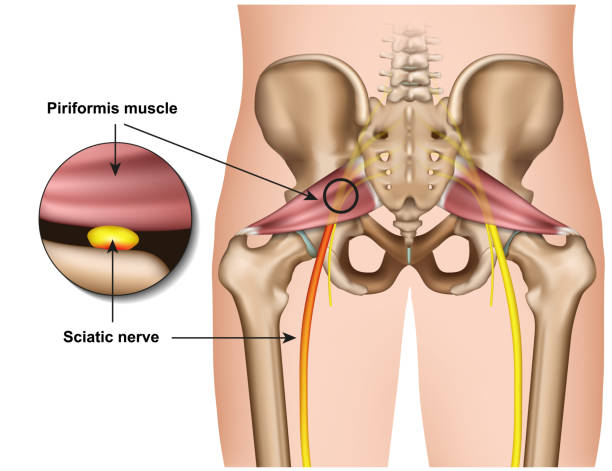If you’ve ever struggled with constipation, you’re not alone. About 80% of people experience this discomfort at some point. While many know about drinking more water and eating fiber, there’s another solution you might not have heard of: constipation exercises.
These exercises target certain muscles in your buttocks, called piriformis muscles, and can help you find relief. Let’s explore these exercises and how they can help.
Understanding Piriformis Muscles
The piriformis muscles are deep in your buttocks and play a role in leg movement and stability. They connect your sacrum (the base of your spine) to your thigh bone. When these muscles get tight or inflamed, they can cause a condition called piriformis syndrome. This can lead to pain, numbness, and tingling in your buttocks and down your leg.

Image from iStock
How Muscles Impact Constipation
You might wonder how leg muscles can affect constipation. The answer is in how they interact with nerves that control your bowel movements. Tight piriformis muscles can press on these nerves, including the sciatic nerve, which controls your bowels. This pressure can lead to difficulty in controlling bowel movements, causing constipation.
Piriformis Syndrome and Constipation
Piriformis syndrome can make constipation worse. The pain and discomfort it causes can make it hard to relax your muscles while trying to use the bathroom. This can lead to avoiding pushing during bowel movements, which can worsen constipation.
Toilet Habits Matter

Image from iStock
Even how you sit on the toilet can affect your muscles. Sitting for a long time on the toilet seat can put pressure on your piriformis muscles and the sciatic nerve. This pressure can make the discomfort of piriformis syndrome worse. Sitting on a chair with softer cushioning can help reduce this pressure.
Simple and Effective Exercises
The good news is that simple exercises can help ease the discomfort caused by tight piriformis muscles. These exercises not only target the piriformis muscles but also strengthen other hip muscles for better balance. Here are a few recommended exercises:
1. Supine Stretch

Image from iStock
Lie on your back and cross one leg over the other knee. Gently pull the raised knee towards your chest until you feel a stretch in your buttocks. Hold for 30 seconds and repeat three times.
2. Seated Stretch
Sit on a chair’s edge and cross one leg over the other knee. Press down on the raised knee and lean your body forward for a gentle stretch. Hold for 30 seconds and repeat three times.
3. Double Leg Bridging
Lie on your back with your knees bent. Lift your buttocks off the ground by squeezing your buttock muscles. Hold for 3 seconds and repeat 10 to 15 times.
4. Side-Lying Hip Abduction
Lie on your side with your top hip and knee bent. Lift your top leg about 20cm off the surface while keeping your knee straight. Hold for 3 seconds and repeat 10 to 15 times.
Remember, if you feel moderate or severe pain during these exercises, stop and seek advice from a healthcare professional.
Constipation exercises that target the piriformis muscles offer a simple and effective way to find relief. By understanding how these muscles relate to constipation and trying these exercises, you might discover a helpful way to ease discomfort and improve your well-being. Just remember to take it easy and seek guidance if you experience any pain.
ALSO READ
Constipation During Pregnancy: What Causes It and How to Keep Things Moving
Sports and Exercises That Are Safe During Pregnancy
Troubled By Digestive Issues? Here’s What You Need.